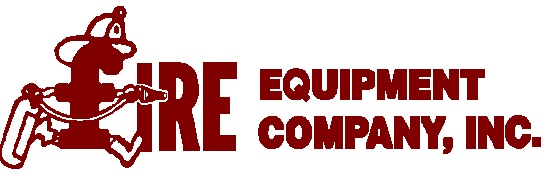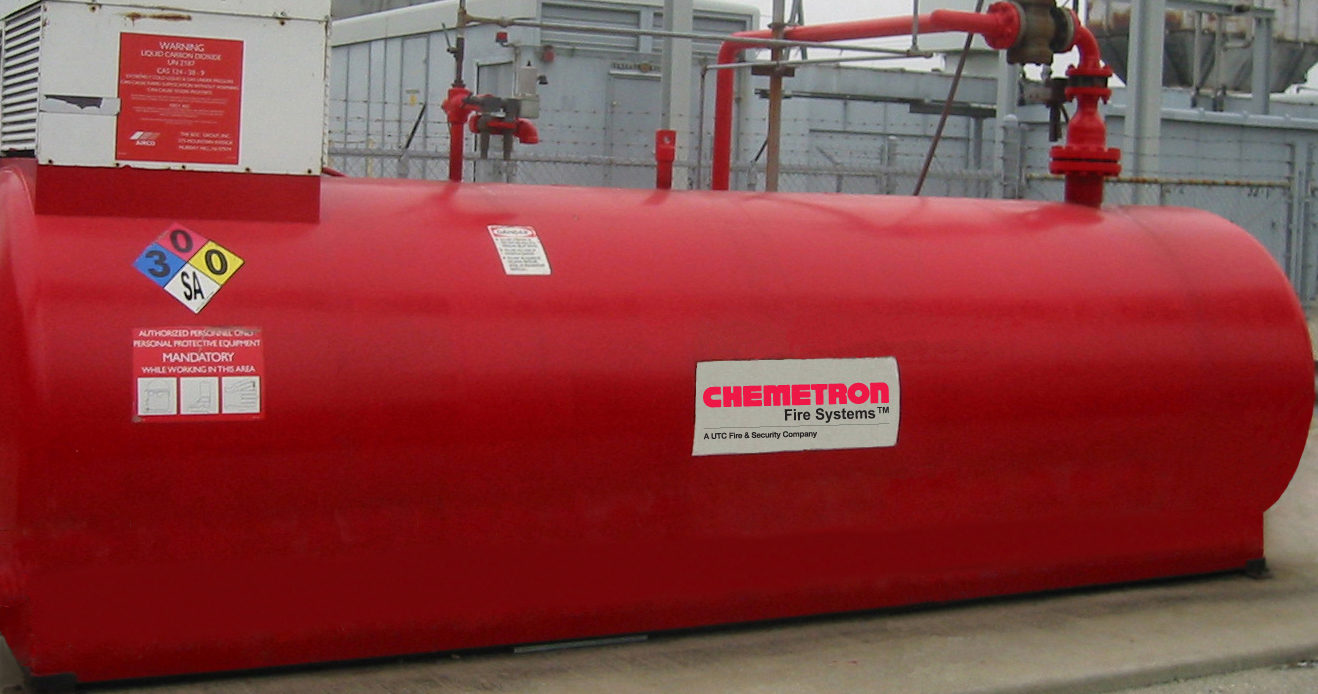Special Hazards
What is a SPECIAL HAZARD?
Areas in which the equipment and processes are vitally important or of high value.
An area with unique or irreplaceable assets.
Any area or process where the revenue produced or its function is of greater value than the equipment itself.
Special Hazard Fire Protection Systems are designed to quickly detect a budding fire.
They are used where you don't want water.
They protect people, minimize business interruptions, limit the loss of assets, information and revenue.
CLean Agents
Clean Agent Suppression Systems are safe for human occupancy and superior fire protection for anything easily damaged by sprinklers or other types of fire extinguishing systems. Clean agent suppression systems are three dimensional systems that completely flood a room with agent.
Clean agent suppression systems are used in the protection of sensitive electronic areas such as computer and server rooms, data storage rooms and libraries, hospital MRI / CT scan / radiology rooms, television and radio station equipment, steel / chemical / power plant control rooms and electrical rooms, telephone switch-gear rooms, and valuable document and art storage rooms.
- FM-200 systems are the best known and most widely used clean agent systems. These systems were the first to replace Halon 1301 systems due to their zero ozone depletion properties.
- Novec 1230 systems are an increasingly popular agent with many similar qualities to FM-200 but with an atmospheric lifespan of only 3-5 days for a virtually non-existent environmental inpact.
- Inert gas systems in some ways similar to other types of clean agent systems but using gases already present in our atmosphere. The extinguishing agent is stored and released under much high pressure and volume and requires much more floor space for storage. Inert gas systems are typically cheaper to recharge.
CO2 Carbon Dioxide
CO2 (Carbon Dioxide) Fire Suppression Systems are used in applications where a large volume of space is being protected (by total flooding of the space), an open pit or un-closeable opening is involved, or object protection is required (by local application of CO2 surrounding the body of the protected item). Occupants are required to evacuate
- High pressure CO2 systems store carbon dioxide in cylinder banks for protection of smaller volumes.
- Low pressure CO2 systems store carbon dioxide in multi-ton refrigerated tanks for protection of larger volumes.
Hybrid Water Mist
Vortex Hybrid Gaseous Mist Systems (by Victaulic) are the latest special hazards fire protection systems on the market, and systems that are particularly adaptable with impressive results. Using both nitrogen and a finely atomized fog of water (far less water than even traditional water mist systems with nearly zero wetting), Vortex can be used in applications as varied as IT rooms to power plant turbines to flammable liquid storage.
Safe for human occupancy during discharge, its unique fire fighting abilities result from cooling from water and oxygen depletion from nitrogen. (Oxygen levels are never reduced below the level required for normal human occupancy, but they are lowered beneath the level necessary to sustain a fire.) This is a very exciting new fire extinguishing approach.
FOAM
Foam Fire Fighting Systems are typically used for flammable liquid based fires in tank farms, truck loading racks, chemical storage, aircraft hangars, steel processing plants, etc. The foam floats on the surface of flammable liquids (unlike water for most applications) and suffocates the fire.
- Foam-water and foam-deluge systems for area protection including storage tanks, loading racks, and drum storage.
- High expansion foam for three-dimensional volume protection. Often used for aircraft hangars or machine pits.






